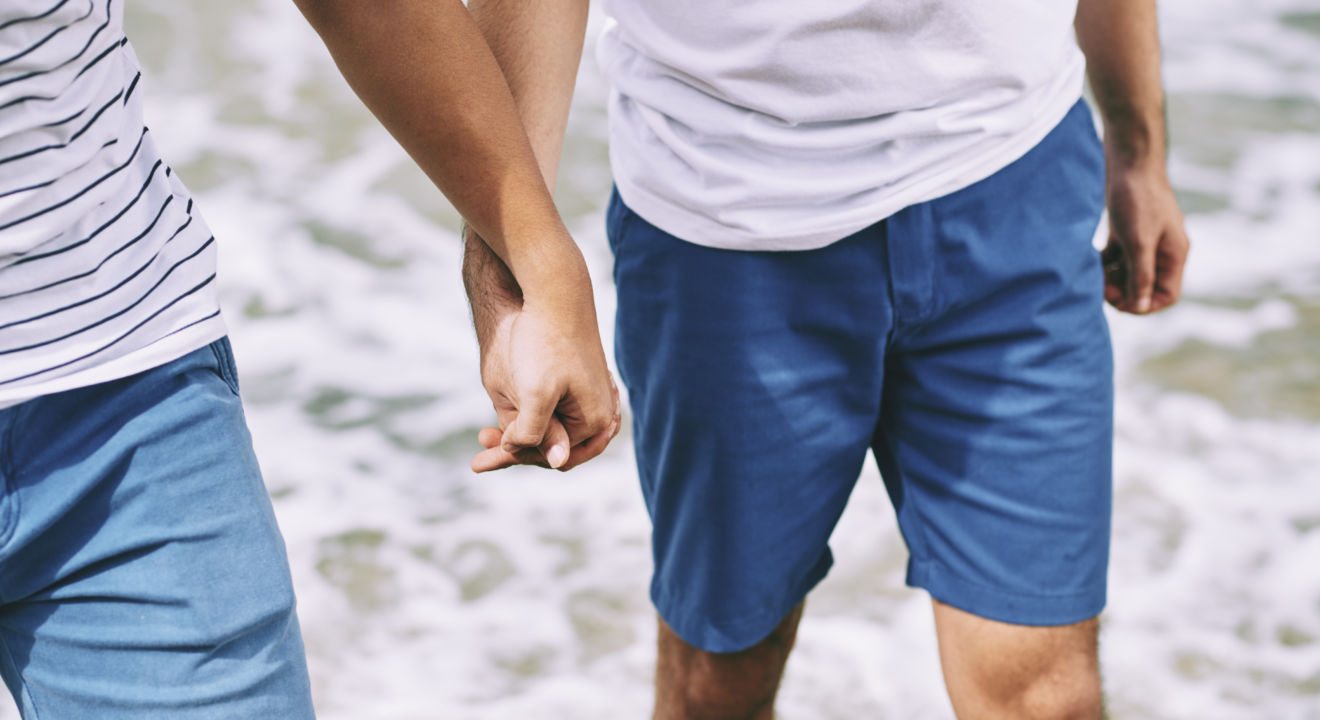Culture October 2, 2016


On the finale of “Ru Paul’s Drag Race,” finalist Kim Chi, a Chicago based drag queen, glided across the stage in a pastel ball gown surrounded by shirtless dancers with matching acrylic nails while performing the song “Fat, Fem and Asian”.
The song referenced an earlier moment in the show, when Kim discussed the prejudice many members of the LGBTQ community have experienced on gay dating apps popular within our culture. Kim Chi explains that many people mark their preference as “No Fats no Femmes no Asians.” Kim states that this happens because people on the app want “a generic looking white guy.”
Unfortunately, Kim Chi is bringing attention to a pervasive problem in the gay community. This idea of “No fats, No fems” has become a common phenomena with the rise of gay hookup apps like Grindr. The body expectation for a gay man seems to be one that’s tan, muscular and trim.
Studies have actually found that beauty standards and negative body image issues are more likely to appear in gay men. A 2012 study from Body Image found that men lower in body fat with high muscularity were sought out most for “short term relationships.” The study also found that these same men were the ones who were the most critical of potential partners.
This standard not only breeds hate for anything different from the “standard white guy,” but also creates the potential for men within the gay community to develop a negative body image. The National Eating Disorder Organization says that “Gay men are thought to only represent 5 percent of the total male population, but among men who have eating disorders, 42 percent identify as gay.”
This anti-diversity stereotype has also continued into entertainment media. When turning on the previously mentioned “Ru Paul’s Drag Race” on Logo TV, a primarily LGBTQ focused television channel, you will encounter the pit crew. Half naked, fit, muscular, oiled-up men in brightly colored briefs, they act simply as eye candy for the audience and for the contestants. This is not an uncommon idea. In fact, a study from 2011 found that the men portrayed in gay media were thinner and more muscular than those directed towards straight men.
While the idea of “No Fats, No Fems, No Asians” could be described just as a sexual preference, it dangerously borders on discrimination. One particular instance occurred this April, when a Meetup invitation titled “Gay Guy Parties” began making the rounds. The invitation only welcomed people who were “young, fit, masculine, White men – str8-identified, gay, and bisexual.” And in case you’re confused by white, “We mean non-Hispanic/non-Latin(o) White men”.
In response to the criticisms that came from the publicity of the group, the organizer stated, “We oppose political correctness – we do not support diversity. If someone considers the group ’racist’ or the organizer ’self-hating,’ we don’t care … Why single that out? People hang around people with the characteristics they like. This is normal. All women, all men, and all black groups wouldn’t get the same criticism. We have the freedom and right to associate with whomever we want.”
The gay community reacted with shock and horror at the lack of inclusiveness perpetuated by the organization. The group was eventually disbanded.
Within the gay community itself, there seems to be a growing awareness in response to common race and beauty standards. When clothing retailer Marek + Richard, a company targeting gay men, put out a black tank top stating “No Fats No Fems,” there was heavy backlash at it’s encouragement of a lack of diversity. The brand only stated after the fact that the shirt was intended to be satirical.
Whether the shirt was intended as satire or not, it certainly brought to light a lack of body diversity pervading the gay community in today’s world.